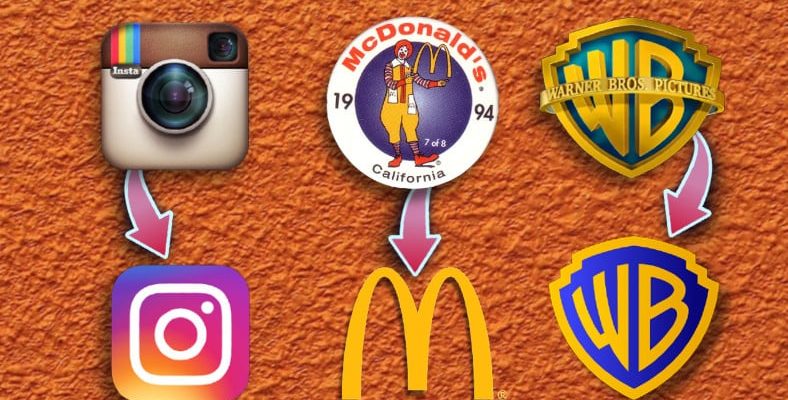In the early 2000s, many brands were opting for three-dimensional logos. Then, just overnight, the change began and we woke up to a two-dimensional, flat world.
The first Google logo, introduced in 1997, was three-dimensional. When we look at it now, it is much more simple and two-dimensional. Moreover, Google is not the only company doing this. In the early 2000s, 3D logos were quite popular.
Then, before we realized it, logos changed size and most of them evolved towards two-dimensional. Think of the most popular apps. Instagram, Netflix, YouTube… They’re all two-dimensional. So how and why did this change happen?
Before we get to the logos of the 2000s, let’s go back to the 1990s.
In the 1990s, logos were again two-dimensional, plain and simple. In the early 2000s Photoshop is on the rise. Digital graphic design has become something that is easily accessible to everyone. Logos have also transitioned from two-dimensional to three-dimensional. Compared to the 90s, more animated, realistic, embossed images were preferred.

“Skeomorphism” had a huge impact.
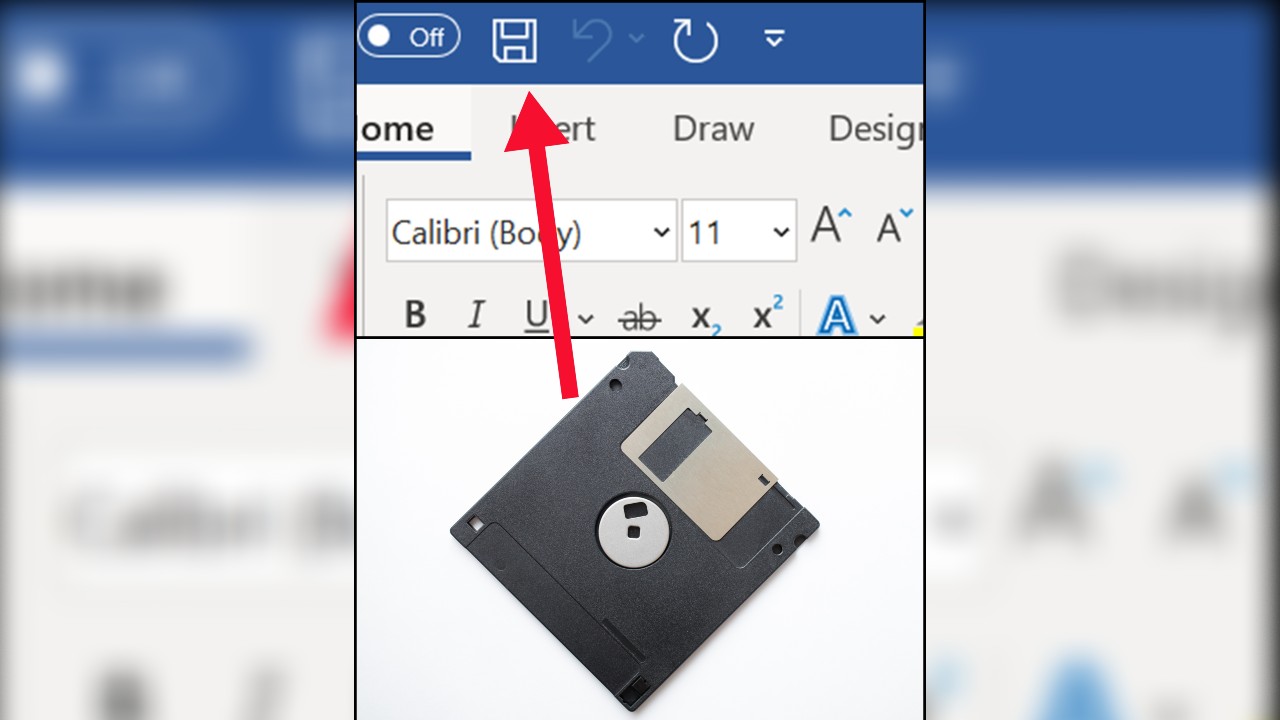
Although the working principle of an object is different, it is more Designed to remind you of a different previously known object Sekomorphism, which means sekomorphism, has become a design trend in which objects are designed using more realistic and three-dimensional lines and shapes when transferred to a two-dimensional plane.
The main goal was to make it easier to use for people who are just getting used to computer systems. Digital features in interfaces, to real life objects It was likened. For example, the floppy disk symbol that comes to our mind when we say “save” is an example of sceomorphism. Of course, when the use of floppy disks disappeared with the developing technology, this symbol also changed.
In those periods when skeomorphism was frequently used, much more shadows, textures and gradients were used to imitate reality in digital environments.
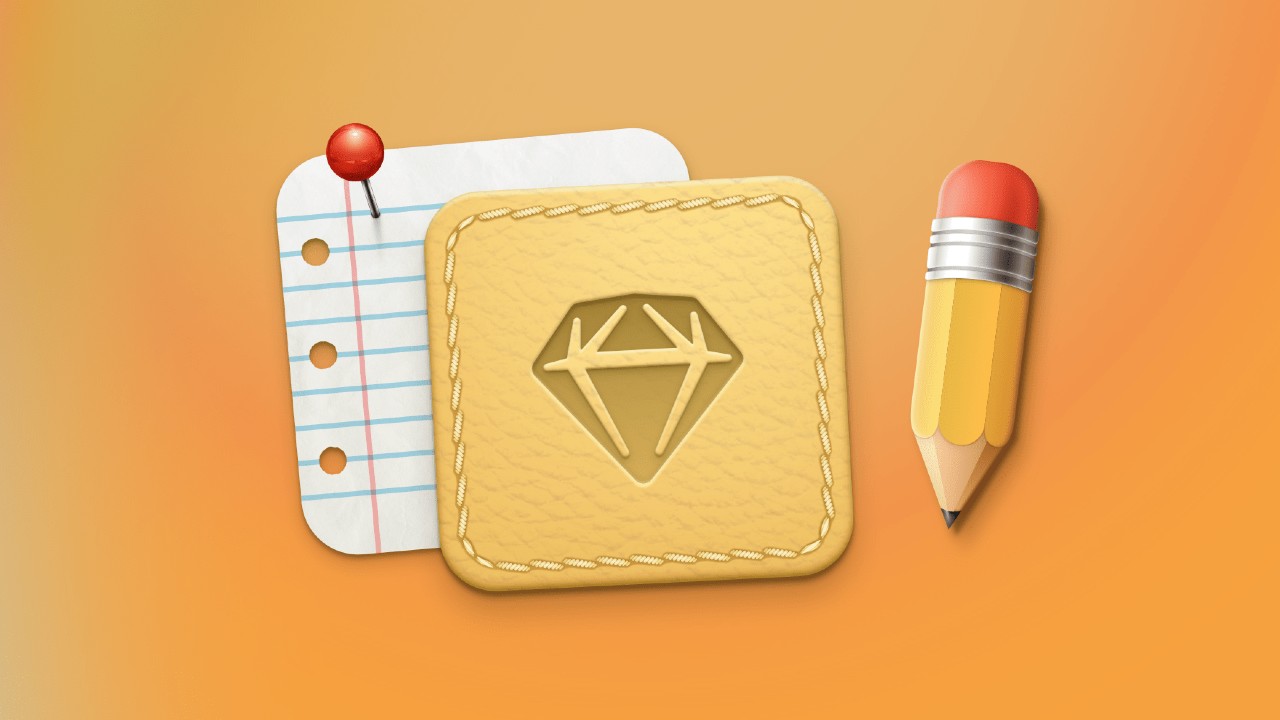
Thanks to skeomorphism, new technologies were also better adapted. For example, when using an iPhone with only one button, there is a difference in the places where we touch the screen. “click” sound It felt like you were actually pressing a button.
As we got used to using these technologies, the importance of skeletal morphism and three-dimensional design began to decrease. Extreme bevels, noticeable edges, and reflections proved complex, eye-straining, and difficult to use. So again Steps towards two-dimensional designs was thrown away.
We can say that the change happened overnight.
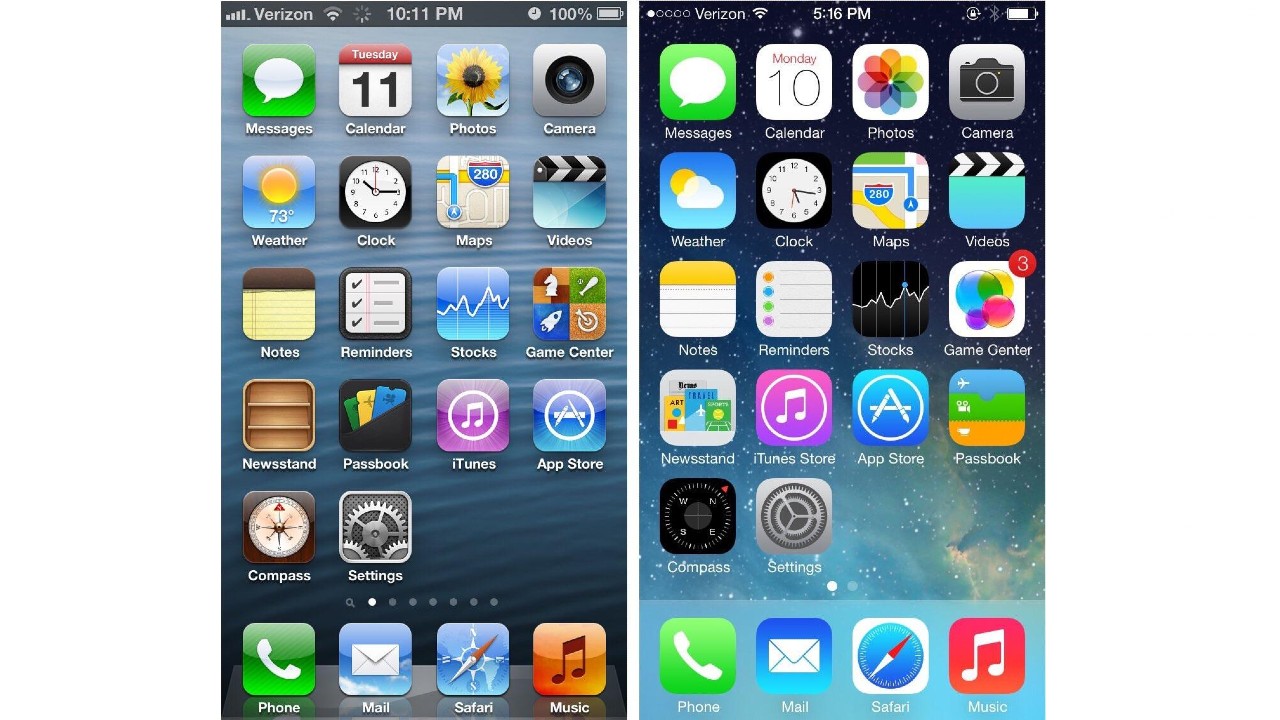
On September 18, 2013, Apple introduced the iOS 7 update and we woke up to a flat world. The bright, embossed, garish design was replaced by a two-dimensional simplicity. Of course, this big change caused a lot of criticism for us people who do not like change very much. This radical innovation of Apple, change of other brands and logos accelerated.
In fact, the change of logos in this direction made much more sense because designers enlarged or reduced the logo of a certain brand or tried to fit it somewhere else. with distortion of details He doesn’t have to deal with it like he used to.
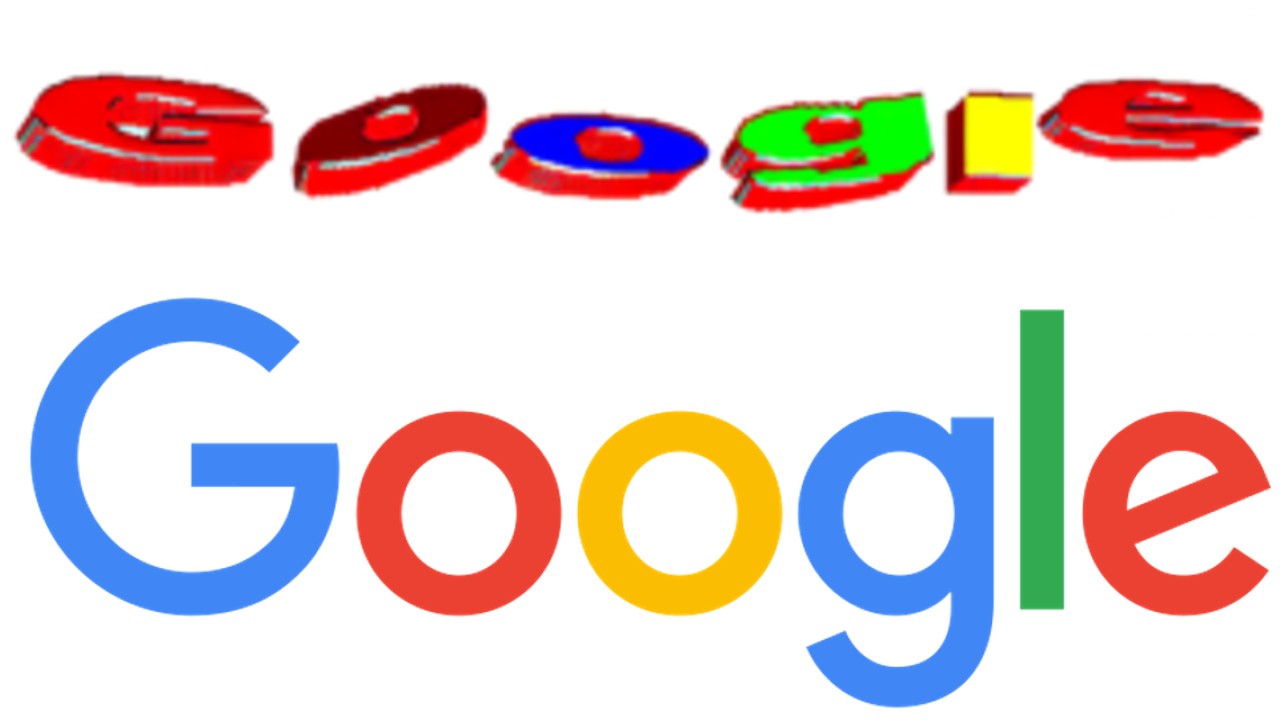
Nowadays, almost everything we see on the internet has a flat and two-dimensional design. However, with changing technology and VR glasses, we will find ourselves in in the digital age We shouldn’t talk big about what awaits us and whether skeomorphism will come back or not!
Our other content that may interest you:
RELATED NEWS
The Amounts Are Astounding: The 10 Most Expensive Logos in the World (The First Rank Is Worth 1 Billion 280 Million!)
RELATED NEWS
How Did eBay Subtly Change the Color of Its Site Design So That No One Reacted? (This is how we get used to raises)
RELATED NEWS
